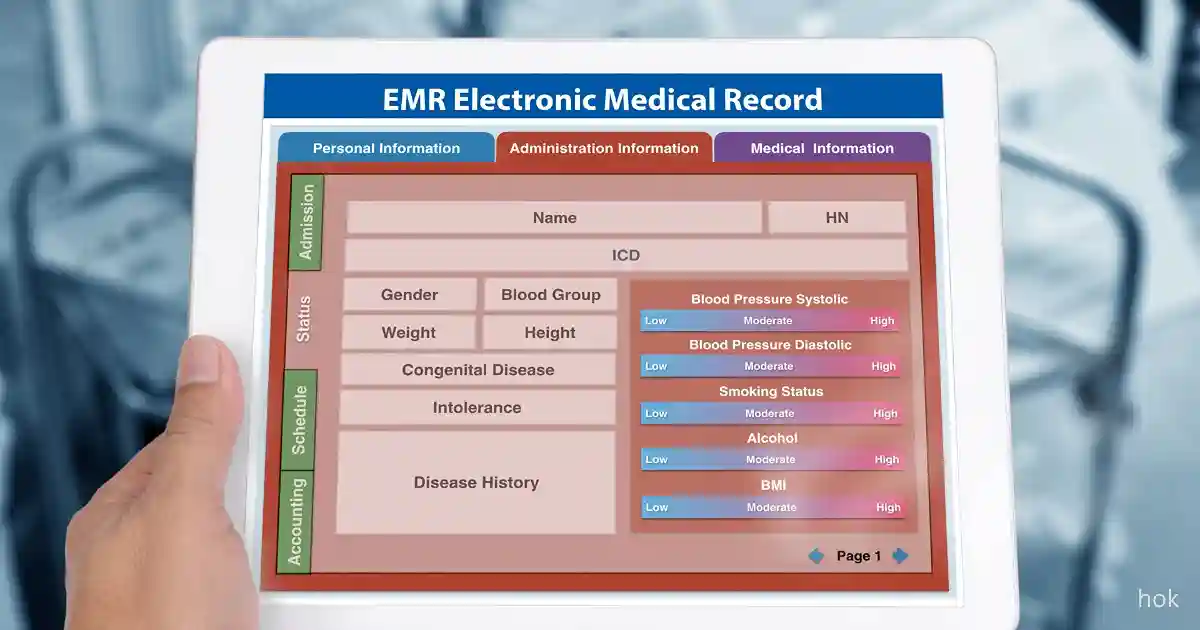Small hospitals in India can improve treatment success, reduce readmissions, and optimize clinical workflows using EMR analytics. This guide explains the KPIs that matter and how HealthOK makes data-driven care accessible for independent hospitals.
Why EMR Analytics Is a Game Changer
- Faster clinical decision-making
- Predictive alerts for complications
- Reduced test duplication
- More personalized care protocols
Key EMR Metrics That Drive Better Outcomes
- Diagnosis-to-Treatment Time: Tracks delay between diagnosis and care initiation. Why: Reduces treatment delays. Metric: Avg. hours between diagnosis and prescription issuance.
- Treatment Plan Compliance: Measures completion of prescribed steps. Metric: Completed steps ÷ Total steps × 100.
- Patient Response Trends: Tracks recovery timelines across patient types. Why: Reveals demographic response patterns.
- Adverse Event Triggers: Detects medication-related issues. Metric: % of alerts for flagged interactions caught via EMR logic.
- Readmission Rate Insights: Correlates discharge data with return visits. Metric: Related readmissions ÷ Total discharges × 100.
How HealthOK Global Helps Small Hospitals Leverage EMR Analytics
- Track KPIs automatically
- Generate audit-ready reports
- Integrate patient history with outcomes
- Benchmark treatment success across time
Best Practices for Using EMR Analytics
- Train staff to interpret dashboards
- Set alerts for critical threshold breaches
- Review KPIs monthly
- Combine patient feedback with data
- Coordinate between departments for trend analysis






